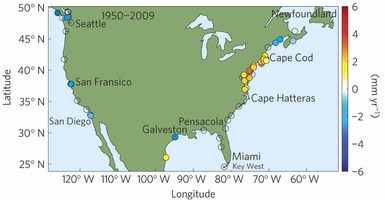Wow. What a speech this afternoon by President Obama on the Georgetown University campus – and a beautiful follow up to his Inaugural Address in January and his State of the Union speech shortly thereafter – noting one satire piece that is worthy of watching. He stepped onto the stage at about 2pm Eastern time and delivered. The backbone was the announcement of the President’s Climate Action Plan (click for PDF). The papers were buzzing – Washington Post for example but there were many many more “responses” to the unveiling of the Climate Action Plan. Twitter was super active from about 2-5 pm Eastern time with #ActOnClimate trending high. I haven’t been around Twitter long enough to see the electricity flowing like this, but watching the speech and the tweets at the same time was pretty inspiring. Entertaining too. Twitter was like a race to see who could point out a quote by @BarackObama the fastest. Obama said a lot of great things, but I like this one.
We don’t have time for a meeting of the Flat Earth society
He pointed out that the Clean Air Act only promoted American innovation and did NOT destroy the economy, and noted that the Clean Air Act passed nearly unanimously with only ONE DISSENTING VOTE. Times have changed! He metaphorically referred to the economic potential of moving to clean energy as the building of a new engine, referring (I presume) to the innovation of the automobile industry in America throughout the 20th century. Clean energy is here in this country now. He said that 75% of wind energy is in Republican districts (!). The community organizer in our President emerged as he gave credit to past Republican efforts to help our environment – the EPA was created under the Nixon administration, for example.
I haven’t found the transcript or the high quality video yet, but June 25, 2013 was a very memorable moment for the USA. I hope it marks the turning point and that the USA leads – like it should, says this US Citizen – the development of a global community around the issue of global warming. I’ll leave you with an amazingly long graphic from the White House page.
 , which shows clearly that the West Coast and East Coast of the USA have already experienced much different responses to SLR. The data seems to be in line with the models, where a model projection is what is shown in the
, which shows clearly that the West Coast and East Coast of the USA have already experienced much different responses to SLR. The data seems to be in line with the models, where a model projection is what is shown in the